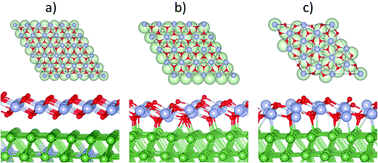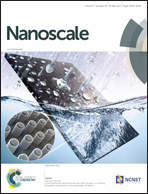Reducibility of ZrO2/Pt3Zr and ZrO2/Pt 2D films compared to bulk zirconia: a DFT+U study of oxygen removal and H2 adsorption
Abstract
Oxide reducibility is an important property that determines the chemical and physical behavior of the materials under working conditions. Zirconia is a non-reducible oxide that exhibits high resistance to the loss of oxygen and low reactivity towards hydrogen, two typical processes involved in oxide reduction. Oxide reducibility can change substantially by nanostructuring (e.g. formation of nanoparticles). In this study, we investigate theoretically by means of DFT+U calculations including dispersion interactions the properties of 2D zirconia films supported on a Pt3Zr alloy and Pt metal surfaces, two systems recently prepared experimentally. The results show that the supported ZrO2 ultrathin films behave very differently from the corresponding bulk oxide, with a low formation energy of oxygen vacancies, and a clear tendency to split the H2 molecule homolytically with direct reduction of the oxide. The comparison of free-standing and supported ZrO2 films shows that these peculiar properties are not due to the formation of a 2D nanostructure, but rather to the presence of the metal support and of a metal/oxide interface. The results provide evidence for the uncommon properties of supported 2D oxides.



 Please wait while we load your content...
Please wait while we load your content...